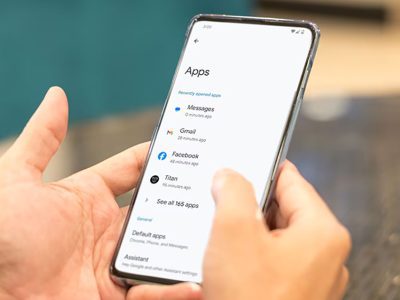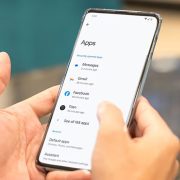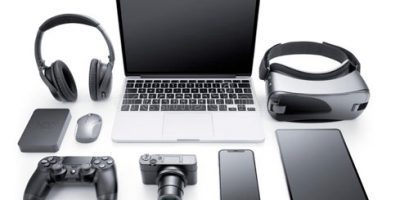
Researchers believe that using smartphones as motion sensors could be the key to population-level analysis of mortality risk.
Previous research has shown that walking more than 10,000 steps per day lowers the risk of death from prediabetes and diabetes, and that combining aerobic exercise with muscle strengthening may lower the risk of death. Many smartphones now include accelerometers that can be used as motion sensors. These can be useful for measuring the quality of physical activity by determining gait speed while walking.

Researchers believe that using smartphones as motion sensors could be the key to population analysis of mortality risk.
“Because smartphones are already ubiquitous in high-income countries and becoming increasingly common in low-income countries, using smartphones as passive monitors for population measurement is critically important for health equity,” Haowen Zhou of the University of Illinois’ department of statistics and colleagues wrote in PLOS Digital Health.
The researchers used U.K. Biobank data to extract walking window inputs from wrist sensors, simulating smartphone data, in a study with 100,000 participants. For one week, the participants wore activity wrist monitors, and the researchers used data from daily 6-minute walking sessions to predict mortality risk, measuring the intensity rather than the duration of the walk test.
According to the researchers, they were able to validate the predictive model using only sensors and demographics, resulting in a C-index of 0.76 for 1-year risk and 0.73 for 5-year risk. They discovered a predictor of 5-year mortality, independent of gender and age, by calculating the equivalent of gait speed.
“Our findings show that passive measures of gait speed and walk pace with motion sensors can achieve similar accuracy to active measures of gait speed and walk pace,” Zhou and colleagues said in a press release accompanying the study. “Our scalable methods provide a feasible path toward national health risk screening.”
According to the researchers, the most significant limitation of the study is that, while the wrist-worn sensors were equivalent to smartphone sensors, the wearing pattern is different, so the results from smartphones may differ.
“Our clinical studies have shown that predictive models based solely on walking intensity can compute pulmonary function accurately for cardiopulmonary patients.” Thus, our study using wearable sensors to predict mortality is directly applicable to clinical practise with personal smartphones, which are already common in the populations of the United Kingdom and the United States, as well as in global populations.”
Views: 177


















